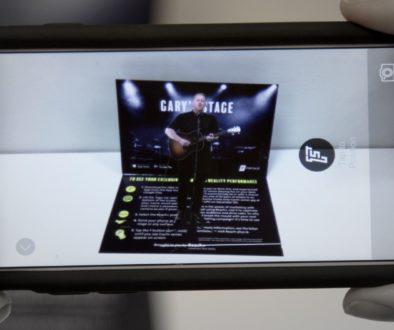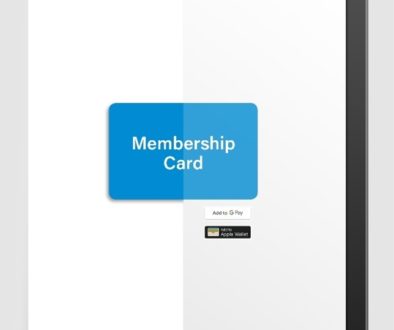Four easy steps to fix email marketing limitations

Best of Friends: Direct Mail and Email
You will be forgiven if you thought direct mail and email were enemies – using one or the other but never together. Email is cheaper and faster, right? Direct mail just sells clothes, doesn’t it?
The times they are a-changin’.
Mailchimp, everyone’s favourite marketing email sender, now offers a service that allows its customers to design and mail postcard campaigns and on the flip side, Goldman Sachs Group (a leading global investment banking, securities and investment management firm) have just invested a cool $25 million dollars to integrate direct mail into automated email-based marketing platforms*.
So, something is stirring in the mail/email friendship and in response to these changes, the way organisations acquire new members is changing too.
Channel Reliance
Email marketing can be very effective if used correctly. They can be delivered in quickly, en-masse for low cost and can be tailored to the behaviours of website visitors.
However, relying on one channel to send out your message is limiting your reach. Think of how many emails you delete without even reading them, the ones you unsubscribe from. Your inbox is a battleground with each email vying for your attention; you need to grow your mailing database by attracting subscribers and making sure you stand apart from the competition.
Four Steps to Fix the Reach Limitation
There are four common email marketing issues can be solved by partnering with direct mail.
1. Email exhaustion
People can tire quickly of reading your emails. To retain interest and generate long term encouragement, try sending personalised postcards when setting up your automated email (think Mailchimp!). Ensure your content is engaging and works together, so when the email is read, it is backed up by the mailer in their letterbox.
2. Stand apart from the competition
You like plants so you sign up to a few mailing lists for information and now you have 27 emails about seeds, 7 about crop netting, 12 about wellies and 14 about potatoes – all trying to get your attention. Subject lines can only be creative to a point, so how do you make your emails stand apart from the others screaming, “READ ME, I’M THE BEST” and reach the recipient and not the dreaded spam box?
Through the power of direct mail. By sending occasional direct mailers to your subscribers you can think outside of the box and use eye catching colours, laser cut or die cut print, spot gloss, soft touch laminate coating and more to grab the reader’s attention. The print possibilities are endless. With mail you can get super creative; mail is far from boring!
3. Email overload = unsubscribers
Picture this. You are getting fed up whilst wading through your sea of emails, so you just start hitting the unsubscribe button. You really like the mailer about trees but sorting through them is becoming a hassle. If this image is all too familiar, your members and subscribers can easily do the same. As soon as you’re off their radar, you are out of their minds. This is where direct mail steps in.
Use direct mail as a drip feed to keep your organisation at the forefront. Quarterly mailings such as newsletters, renewal reminder postcards and member benefit updates sit nicely alongside yearly renewal or welcome packs.
4. Getting the all-important sign ups
Unrequested marketing emails are not the best introduction or the best way to make first contact. You need first obtain someone’s consent to message them unless you can prove your emails are of legitimate interest.
Whilst your inbox is crowded, your letterbox is a little empty. Use direct mail as your first point of contact. It’s a friendly hello and can act as a precursor to a follow up call. Point them to a landing site when they can sign up to your mailing list.
By following the steps above, direct mail and email can work hand in hand to back each other up and help create a solid, multi-point campaign to extend your reach to your members and customers.
*(Source: PR Newswire)


